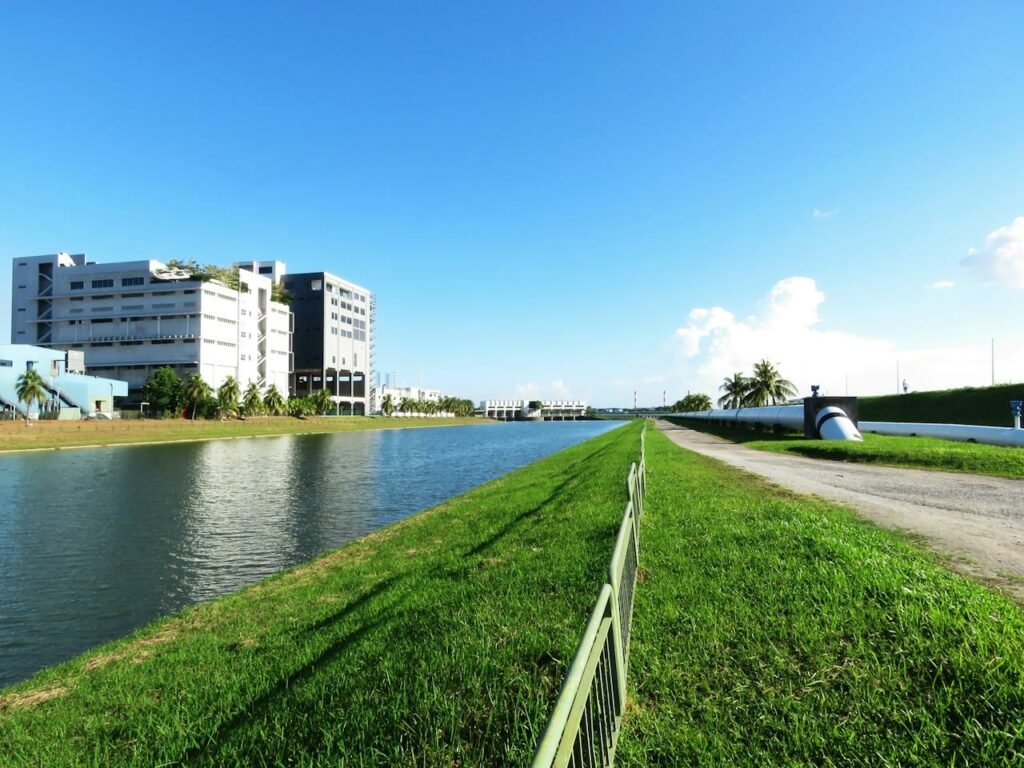Common Misconceptions about Tree Lopping
Tree lopping is a common practice in arboriculture, often undertaken to maintain tree health, enhance safety, and improve the overall aesthetics of a property. However, despite its widespread use, there are several misconceptions surrounding tree lopping that can lead to misunderstandings and, in some cases, improper tree care practices. In this article, we’ll delve into some of the most common misconceptions about tree lopping and set the record straight.

Tree Lopping Damages Trees Irreversibly
One prevalent misconception is that tree lopping irreparably damages trees. While it’s true that improper lopping can harm a tree, when done correctly by trained professionals, tree lopping is a beneficial and often necessary practice. Professional arborists employ techniques that promote tree health, such as strategic pruning to remove dead or diseased branches and stimulate new growth. In essence, responsible tree lopping can contribute to a tree’s longevity and vitality.
Tree Lopping Is Always Harmful to the Environment
Some individuals believe that tree lopping is inherently harmful to the environment. In reality, responsible tree lopping practices take environmental considerations into account. Arborists are trained to minimize their impact on the surrounding ecosystem, carefully selecting branches for removal and ensuring that the tree’s overall health is preserved. Additionally, well-maintained trees contribute positively to the environment by providing oxygen, shade, and habitat for wildlife.
Tree Lopping Is the Same as Tree Topping
The terms “tree lopping” and “tree topping” are often used interchangeably, contributing to confusion. However, they refer to different practices. Tree topping involves indiscriminately cutting off the tops of trees, often resulting in unsightly and unhealthy regrowth. On the other hand, tree lopping, when done by professionals, focuses on targeted pruning to improve tree structure, health, and aesthetics. It’s essential to understand the distinction between the two practices to appreciate the benefits of responsible tree lopping.
Anyone Can Perform Tree Lopping
A dangerous misconception is that tree lopping is a task suitable for anyone with a chainsaw and basic knowledge of cutting. In reality, tree lopping requires expertise and experience to ensure the safety of both the arborist and the property. Professional arborists are trained to assess the condition of a tree, identify potential hazards, and use proper techniques to mitigate risks. Attempting tree lopping without the necessary skills can lead to accidents, property damage, and harm to the tree itself.
Tree Lopping Is Only Done for Aesthetic Purposes
While improving the visual appeal of a property is one aspect of tree lopping, it serves other essential purposes. Safety is a primary concern, and tree lopping can remove weak or overhanging branches that pose a risk of falling. Additionally, strategic pruning can enhance sunlight penetration and air circulation within the tree canopy, promoting overall tree health. Therefore, tree lopping is a multifaceted practice that encompasses both aesthetic and functional considerations.
Tree Lopping Can Be Done Anytime Without Consequences
Timing is crucial in tree lopping, and assuming that it can be done at any time of the year without consequences is a misconception. Different tree species and individual trees have optimal times for pruning to minimize stress and support healthy regrowth. Professional arborists consider these factors, ensuring that tree lopping is conducted at the most suitable time for the specific tree in question.
Tree Lopping Is Expensive and Unnecessary
Some property owners may view tree lopping as an unnecessary expense, especially if their trees appear healthy. However, preventive tree maintenance can save money in the long run by preventing potential hazards, such as falling branches or tree failure during storms. Regular tree lopping can also contribute to the overall health of the tree, reducing the likelihood of disease and promoting longevity.
In conclusion, understanding the facts about tree lopping is crucial for responsible tree care. While misconceptions persist, it’s essential to recognize the importance of professional expertise in ensuring the health and safety of trees. By dispelling these common myths, property owners can make informed decisions about tree lopping, contributing to the well-being of their trees and the environment.